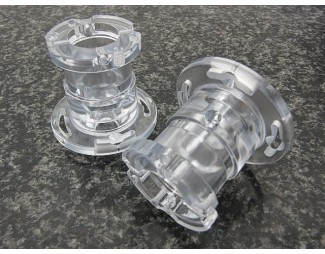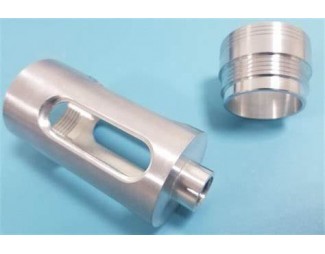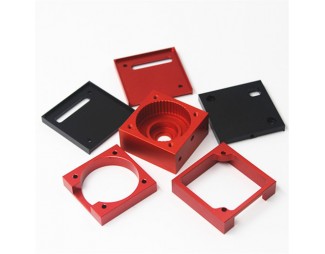3D Printing & Rapid Prototyping: Are They the Same?
3D Printing & Rapid Prototyping: Are They the Same?
Have you ever found yourself desperately comparing the pros and cons of 3D printing and rapid prototyping? It is frequently difficult for engineers to decide what technique is more beneficial for early samples of components created.
If you want to learn the difference between these techs, we have brought you complete details in this blog. Here’s what you need to know.
Definition of 3D Printing and Rapid Prototyping
To deeply understand the difference between the two, we must first know the definition of each one.
What is 3D Printing?
3D printing technology appeared in the mid-90s of the 20th century and is actually the latest rapid prototyping device that utilizes technologies such as light curing and paper lamination. 3D printing, a type of rapid prototyping technology, is a technology based on digital model files, using adhesive materials such as powdered metal or plastic, and printing objects layer by layer.
What is Rapid Prototyping?
There are several rapid prototyping types. The crux of rapid prototyping lies in its modeling process. Rapid Prototyping Is a process wherein creating a model is faster than the usual. The main purpose of rapid prototyping is to evaluate the object’s design and functionality. Common methods are CNC machining, vacuum casting, and 3D Printing.
Difference Between 3D Printing and Rapid Prototyping
We already know the definition and similarities of 3D printing and Rapid prototyping. We can now understand the difference between them. Here are the important factors that make them different from each other.
Applications
3D printing and rapid prototyping have different applications. 3D printing is known in manufacturing for its additive process. It is prominent in producing parts, especially those complex ones which are difficult for traditional manufacturing.
Rapid prototyping, on the other hand, is used for viewing, examining, and evaluating a product. It is mainly used by engineers and designers. It allows them to see the imperfections of the initial design and if the product will be efficient.
Material
What are the different materials used in rapid prototyping or additive manufacturing? Rapid prototyping allows you to use many choices for your materials, including liquid-based, powder-based, molten material and solid sheets.
3D printing also offers you a number of options because the technology has already expanded and more materials are now ready to be used including plastic (ABS filaments, PLA, PVA, PC), powder, metal, carbon fiber, graphite and graphene, resin 3d printing, and more.
Accuracy
When it comes to accuracy, rapid prototypes systems deliver accurate and better finishes because they utilize more advanced specific part-accuracy technology.
Also, 3D printers are limited to producing smaller parts depending on the size of the 3D printer available.
Cost
The cost difference between 3d printing and rapid prototyping is significant. Right from system maintenance, choice of materials, labor to machine depreciation, rapid prototyping is expensive as compared to 3d printing.
Furthermore, the maintenance of a 3D printer is not much expensive. It can take you to a few thousand dollars per year which is far cheaper than a rapid prototyping system costing you up to $10,000 annually.
Conclusion
3D printing and rapid prototyping, both of these methods are equally useful and can become a great part of your business. It can bring greater opportunities for product development at your establishment. Moreover, it can also allow you to think out of the box and explore complex designs for growth and productivity.
Please feel free to contact us via enquire@abcrapid.com for more details.
Search
Recent Post













